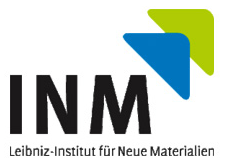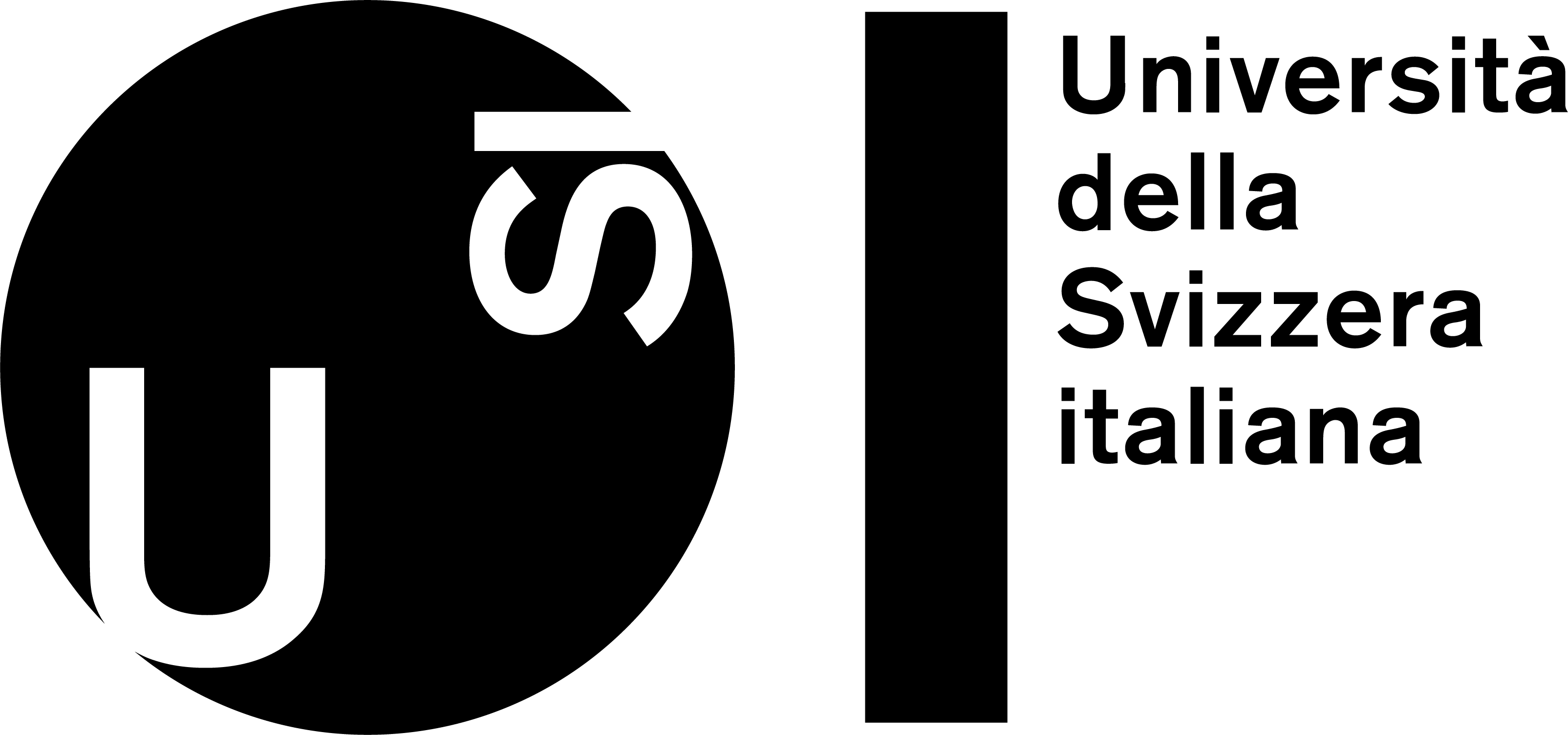Tactile perception of randomly rough surfaces

Most everyday surfaces are randomly rough and self-similar on sufficiently small scales. We investigated the tactile perception of randomly rough surfaces using 3D-printed samples, where the topographic structure and the statistical properties of scale-dependent roughness were varied independently. We found that the tactile perception of similarity between surfaces was dominated by the statistical micro-scale roughness rather than by their topographic resemblance. Participants were able to notice differences in the Hurst roughness exponent of 0.2, or a difference in surface curvature of 0.8 mm−1 for surfaces with curvatures between 1 and 3 mm−1. In contrast, visual perception of similarity between color-coded images of the surface height was dominated by their topographic resemblance. We conclude that vibration cues from roughness at the length scale of the finger ridge distance distract the participants from including the topography into the judgement of similarity. The interaction between surface asperities and fingertip skin led to higher friction for higher micro-scale roughness. Individual friction data allowed us to construct a psychometric curve which relates similarity decisions to differences in friction. Participants noticed differences in the friction coefficient as small as 0.035 for samples with friction coefficients between 0.34 and 0.45.
Downloads
Citation
Riad Sahli, Aubin Prot, Anle Wang, Martin H. Müser, Michal Piovarči, Piotr Didyk, Roland Bennewitz, Tactile perception of randomly rough surfaces, Sci Rep 10, 15800 (2020).@article{Sahli2020,
author = { Riad Sahli and Aubin Prot and Anle Wang and Martin H. Muser and Michal Piovar\v{c}i and Piotr Didyk and Roland Bennewitz},
title = {Tactile perception of randomly rough surfaces},
journal = {Nature Scientific Reports},
year = {2020},
}



